The name Garden Island appears to be at odds with the reality that it is not an island at all. The fact is that it was an island up until World War ll. It achieved its role in Australia’s naval history in the early days of the establishment of the Sydney settlement in 1788.
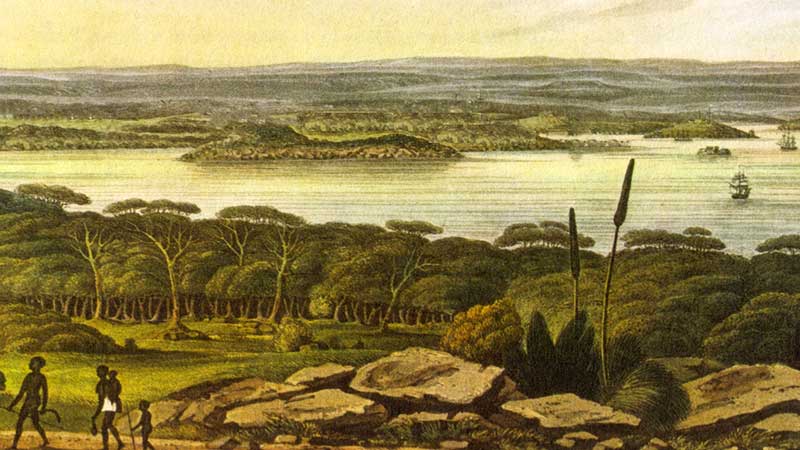
The local Aborigines called it Booroowang or Bar-Ing-Hoe, believed to mean a fishing place or an island, or even a ship. It consisted of two small hills, some scrubby vegetation and no natural water supply, but was very close to the new settlement.
However, it became part of Australia’s naval history on the 11th February 1788, just 16 days after the settlement was established at Sydney Cove, all because of scurvy. The Royal Navy was aware that fresh vegetables would help to prevent this and so it was their practice to establish simple gardens growing onions and corn wherever they were likely to be for any significant period.
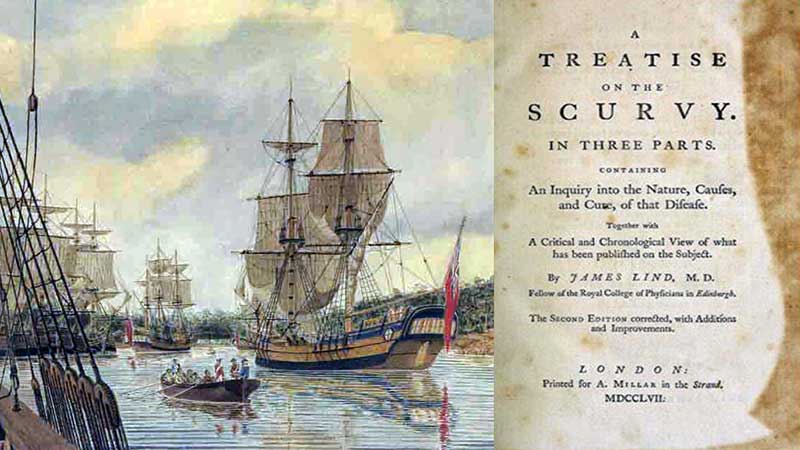
Governor Arthur Phillip chose this little island as the site for such a garden for the crew of HMS Sirius, as it was secure from the settlement. So the entry appears in the log of HMS Sirius tells of a party of sailors being sent to the island to establish their ship’s garden – thus the name.
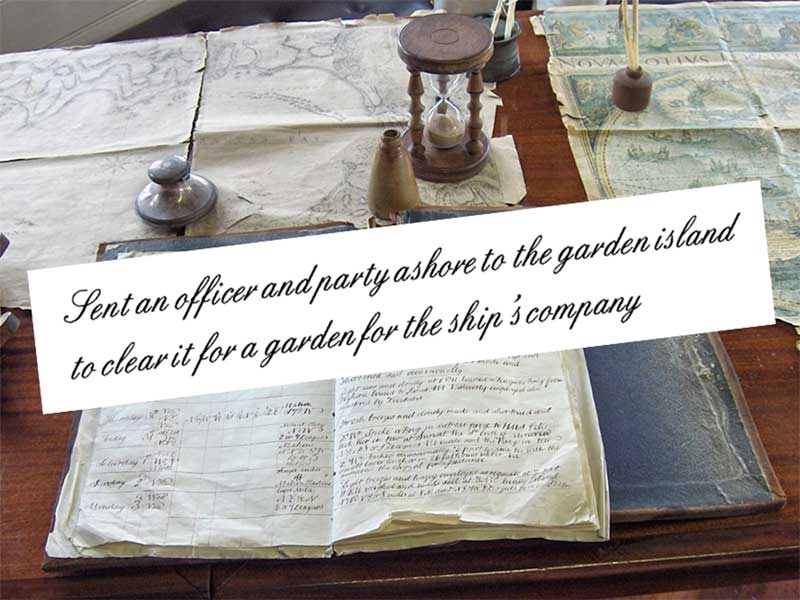
The garden was used by Sirius up until she was lost off Norfolk Island in 1790, then continued its role with other Royal Navy ships until 1807.
The island was used for various functions in those early years, including an anti-smuggling guardhouse, a gun battery, and even a residential cottage.
GRAFFITI – 1788
An early maritime requirement in a new location was the surveying of the waterways, and these were undertaken very quickly after the arrival of the First Fleet. One such survey was carried out by William Bradley, the First lieutenant of HMS Sirius. He was accompanied by a seaman, Frederic Meredith and a marine, Private Joseph Radford.
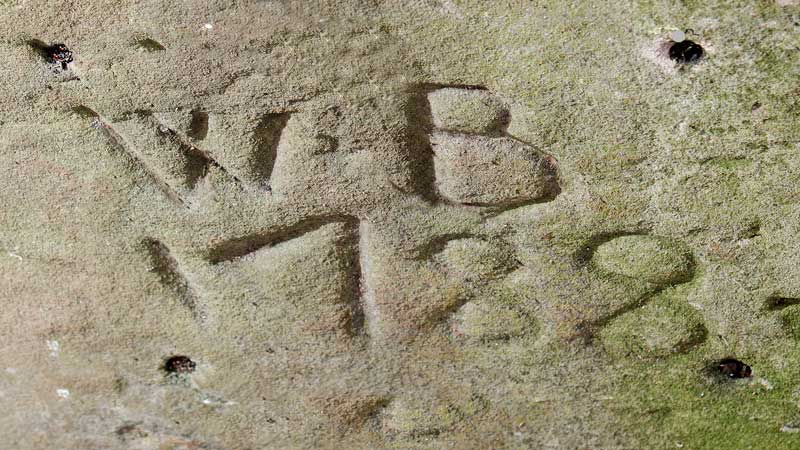
During their survey, they carved their initial into the sandstone on the northern hill of the island – these are still visible today and are the oldest marks made by Europeans in the Sydney area. Bradley is remembered today by the landmark Bradleys Head, on the northern side of Sydney Harbour.
1811 – 1856
Garden Island was transferred from naval use into the Governors estates in 1811, and whilst the public could visit the island, they had to make their own transport arrangements and be aware that there were no visitor facilities.
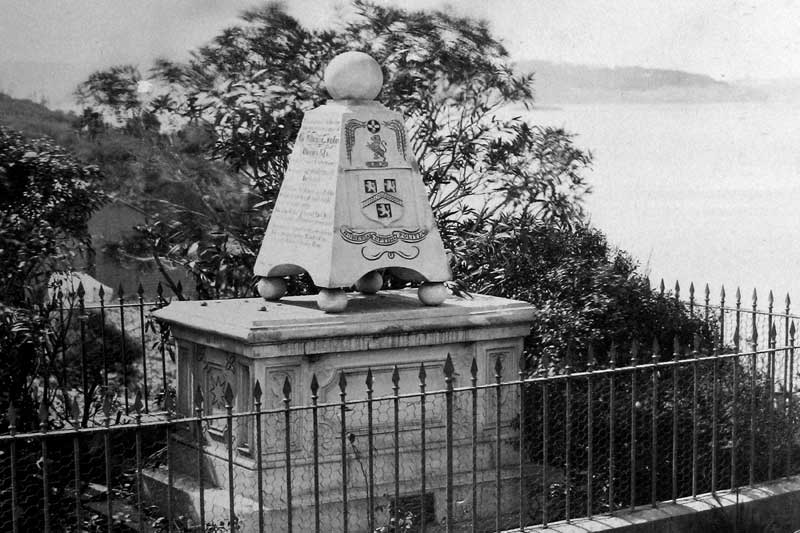
The Royal Navy ships continued to anchor in the waters around the island, but on the island, the only significant activity was the erection of the only grave ever on Garden Island. It contained the remains of wo close friends, Ellis Bent and John Ovens, both of whom had made their mark in Australia’s early history.
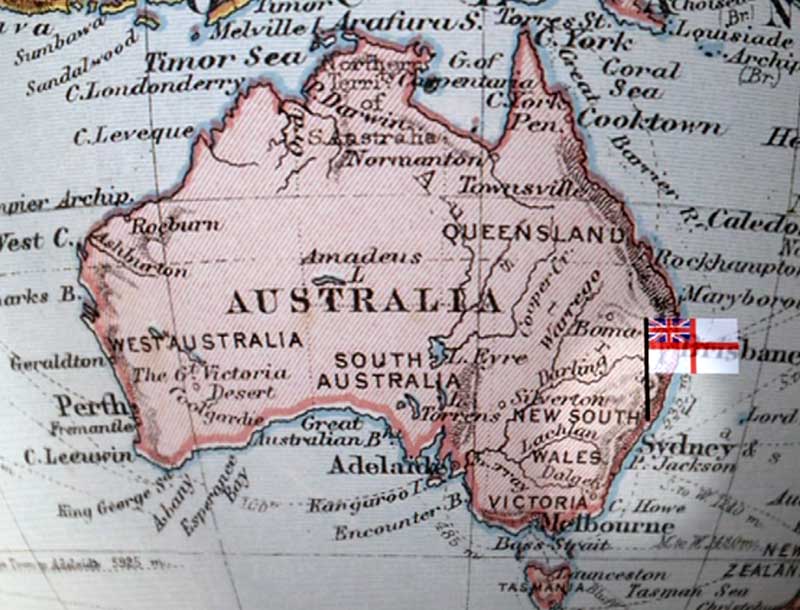
The discovery of gold in Australia and the interest this created overseas, led the Admiralty to establish the Australia Station, in 1856, basing five warships in Sydney. In conjunction with this, the NSW Government returned all of Garden Island except the Northern Hill to the Royal Navy – this to allow the establishment of some support facilities.



